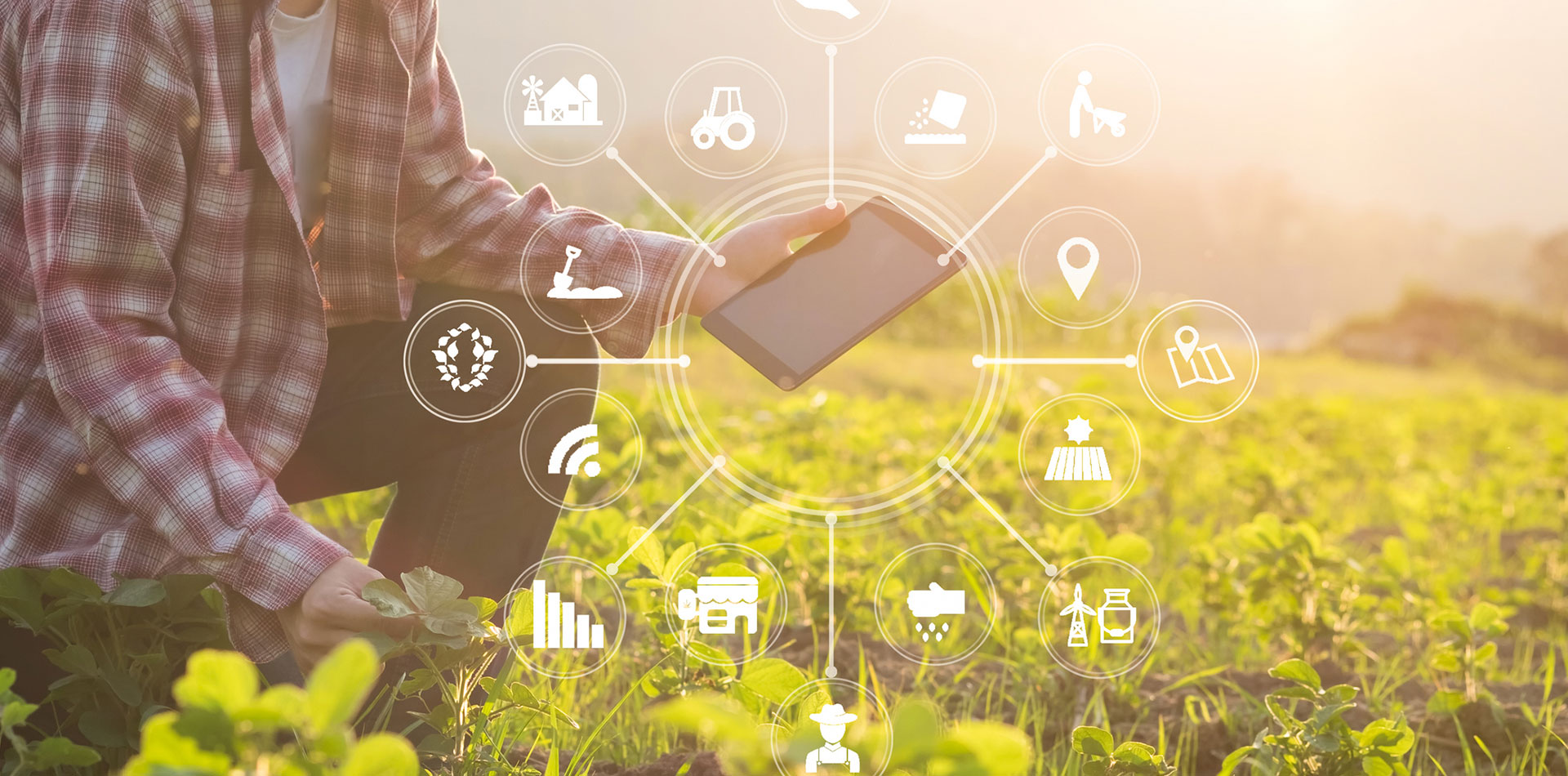

In the age of precision agriculture, taking advantage of advanced technologies like drone-based multispectral imaging is key to efficient and sustainable farming. This innovative approach transforms how farmers monitor crop health, leading to enhanced productivity and reduced environmental impact.
A Multispectral is a special camera that can see more than our eyes can. As you know, everything around us reflects light, but not all of it is visible to the human eye. A multispectral camera can capture these ‘invisible’ colours.
Here’s how it works. Instead of just taking one picture, it takes multiple pictures at once, each in a different part of the light spectrum. Some of these parts are the same ones our eyes see, like red, blue, and green. But it also takes pictures in parts of the light spectrum that our eyes can’t see, like ultraviolet and near-infrared.
So, why is this important? Because different things reflect different types of light in unique ways. For instance, healthy plants reflect more light in the infrared part of the spectrum than unhealthy or stressed plants. By looking at these differences in the light that’s reflected, we can tell a lot about what’s going on that we couldn’t see otherwise. This is extremely helpful for farmers, who can use this to keep their crops healthy.
When combined with drone technology, it enables farmers to collect aerial data over large crop fields quickly and efficiently. This technology is essential in identifying potential issues in crops before they become widespread and hence, more challenging and expensive to manage.
Here’s how it works:

Data Collection: Drones equipped with multispectral cameras fly over the crop fields and capture images across different spectral bands. These images provide valuable insights into the reflectance patterns of plants, which can indicate the health and vitality of the crops.
Processing: Once the data are collected, they may require preprocessing from the expert to correct any distortions or inaccuracies. This can involve adjusting for light conditions, removing atmospheric effects, and ensuring the images are geometrically aligned.
Modelling – Vegetation Index Calculation: From the preprocessed images, many vegetation indices such as NDVI (Normalized Difference Vegetation Index), GNDVI (Green Normalized Difference Vegetation Index), LCI (Leaf Chlorophyll Index), NDRE (Normalized Difference Red Edge), and OSAVI (Optimized Soil-Adjusted Vegetation Index) can be automated calculated. These indices provide information about the crop’s health and can help identify areas affected by pests or diseases.
In the next article, I’m going to dive deeper into these indices.
Data Analysis & Interpretation: The calculated vegetation indices are used to identify areas of concern within the fields. For example, an area with a significantly lower NDVI value could indicate a health issue with the plants, prompting a more detailed investigation to determine the problem’s nature and cause.
Remedial Actions: Based on data analysis and interpretation, farmers can take targeted corrective actions. If a disease is detected in a particular part of the field, specific treatments can be applied to that area rather than treating the entire field, saving resources and minimizing environmental impact.
The early detection of pests and diseases is crucial in minimizing their impact and maximizing crop yield. By integrating multispectral analysis with drone technology, farmers gain a more accurate and comprehensive view of their crop health. This empowers them to make more informed decisions regarding crop management, ultimately contributing to more sustainable and productive farming practices.
If this content is valuable, please share and follow this newsletter for more articles about productivity and efficiency related to Intelligent Automation in Agro-Industry.
Regards
Leaf Automation 2023